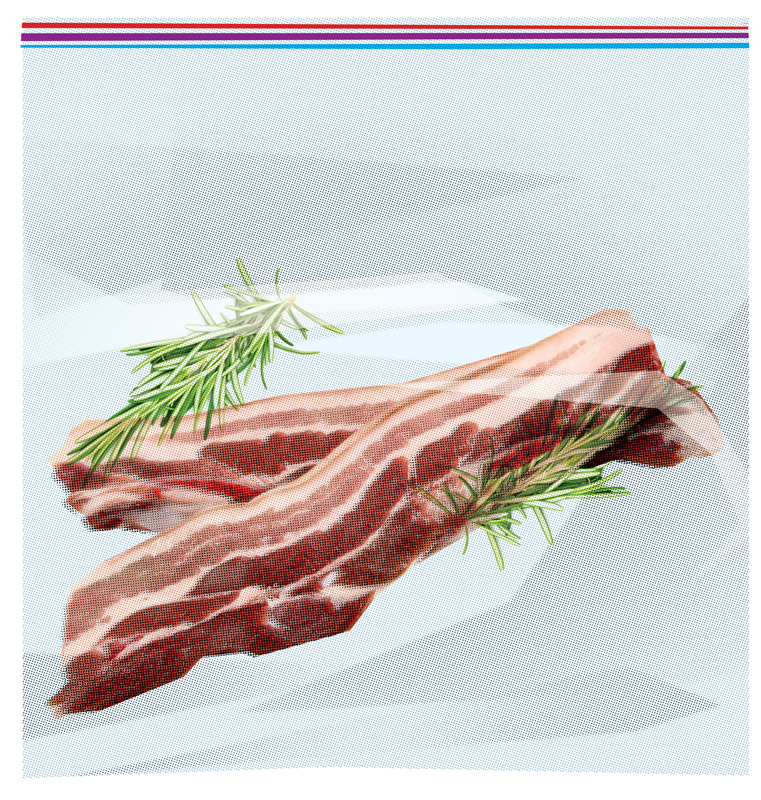The constant lower temperature cooks the meat to a perfectly even level – a mid-rare steak is pink throughout, with the thinnest sliver of brown finish around the edge.
When exposed to higher temperatures, cell walls can burst, meaning the meat will lose flavour on a molecular level. So on top of keeping the meat’s juices in the bag, sous vide also keeps the cellular essence of the flavour inside the meat itself.
After the meat is removed from the heat, it’s important to shock cool it (rapidly lower the temperature) if it will not be served right away, in order to immediately halt the cooking process and reduce the time spent in the “danger zone,” the range of temperatures in which bacteria can grow.
Popular belief is that Georges Pralus, a French chef who used the Croyvac method to perfect a foie gras service at a three-star French restaurant, Maison Troisgros, in the 1970s, is the father of sous vide.
But there was another chef working with the technique at the same time, though he was experimenting with preservation rather than a three-star presentation. Bruno Goussault, founder of CREA (Centre de Recherche et d’tudes Pour l’Alimentation) took a scientific approach to sous vide cooking; he put forth the idea that sous vide cooking of beef shoulder could drastically increase its shelf life.
Since then, consistent, juicy results have entrenched sous vide as a staple in high-end restaurants worldwide. It’s no surprise that many of Edmonton’s trendiest spots employ the technique, with each chef adding his or her own unique influence.
Brayden Kozak, head chef and co-owner of Three Boars Eatery, currently uses sous vide in the kitchen to prepare his chicken hearts and the gizzard plate and lamb dish.
The chicken offal takes six hours to prepare, but the lamb only spends 35 minutes underwater at a meagre 60.5C, making it a much more feasible option for dinner service.
Eric Hansen, a chef at North 53, prepares all of its meat and poultry sous vide, including a turkey entree. The plate sees a turkey breast cut and glued into a puck shape, brined and cooked sous vide at 58 C for four hours. It’s served alongside a smoked turkey cabbage roll made of dark meat.
Even though they have minor differences in technique, Kolskog, Brochu, Kozak and Hansen (and anyone who’s eaten their food) all agree that the biggest benefit to sous vide cooking lies in the consistent perfection of the resulting food.
Like this content? Get more delivered right to your inbox with Ed. Eats
A list of what’s delicious, delectable and delightful.
